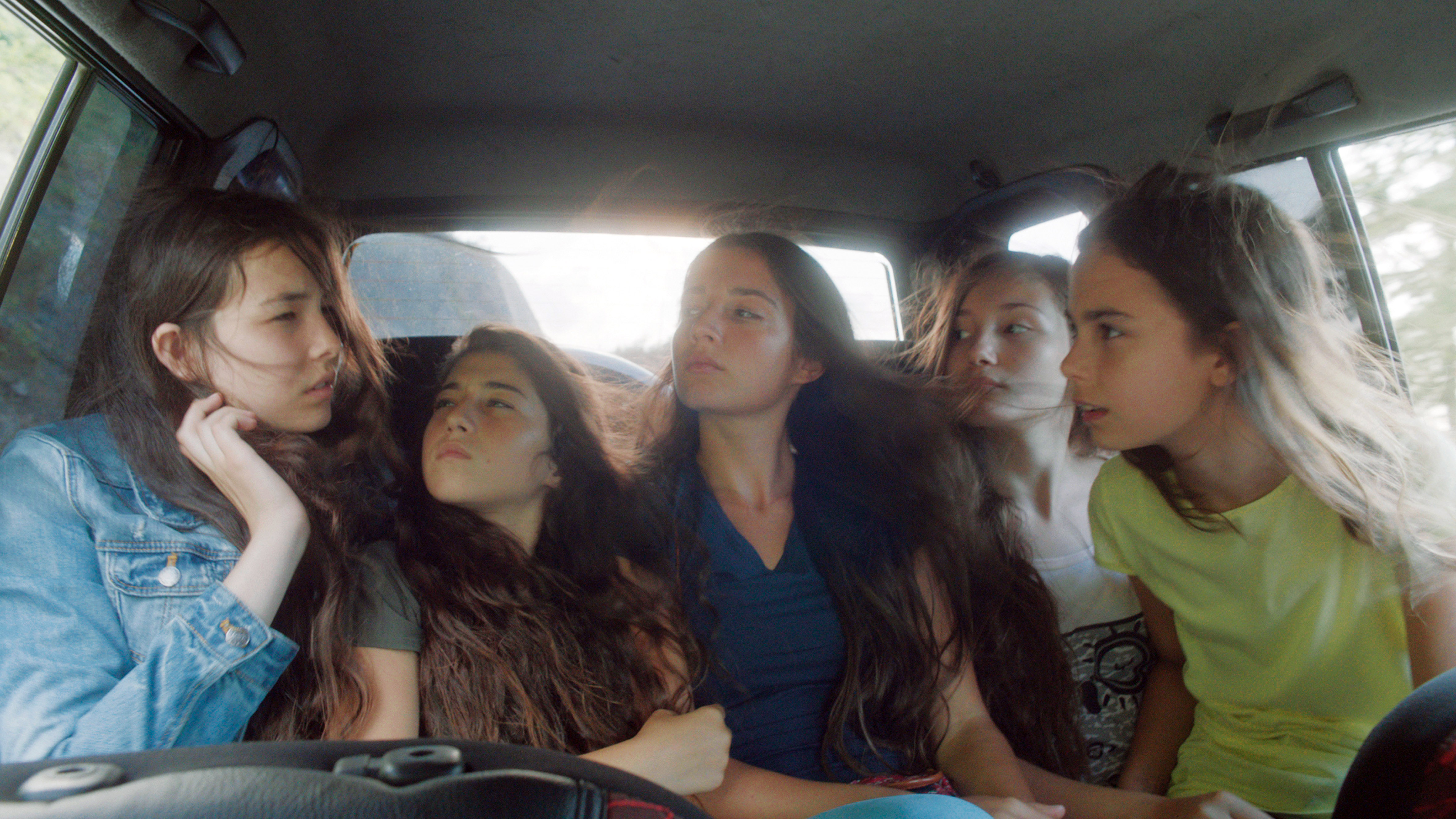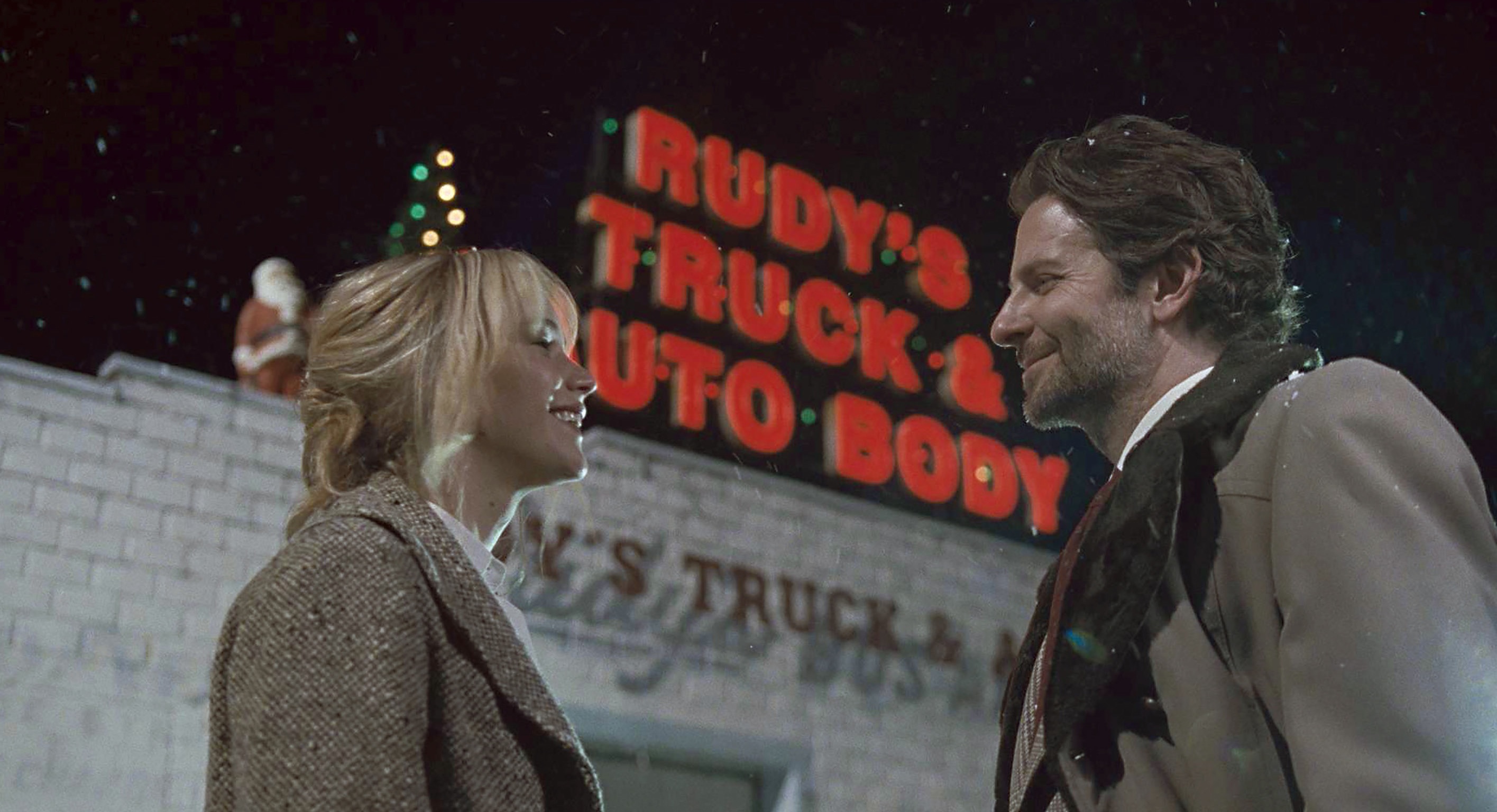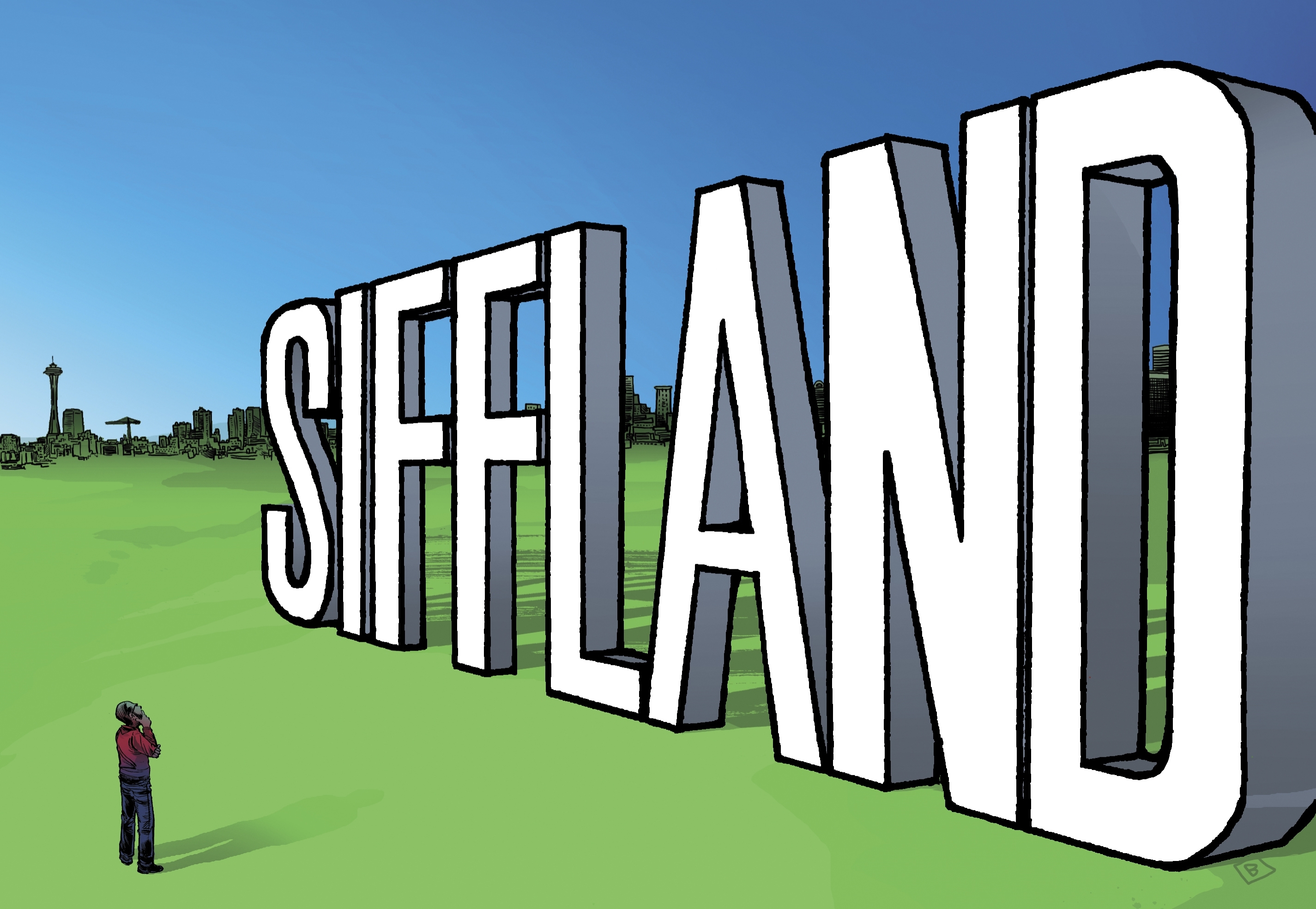There’s been much talk of all the sand–used in lieu of salt during the recent Snowpocalypse–now gunking up our drains and erasing our lanes on our streets. Also, I’ve noticed while commuting on two wheels, the near-curb area where cyclists generally cling has become really gritty and sandy on many streets. (Therein also lie unswept shards of tire-puncturing glass.) And the parking lines and “sharrows” have also been sand-eroded in many places, too. It’s a reminder that controlling motorists (and cyclists) with paint and lane markers isn’t necessarily a permanent solution.All of which reminds me of this recent interesting story on Velo News about Portland’s new green “bike boxes.” They’re something like the intermittent green lanes on Second Avenue, designed to remind left-turning cars to watch for bikes on the left. But the bike box (pictured above) is designed less for moving traffic than the annoying stop-start sequence of urban driving that has cyclists complaining “Look out for me” and motorists responding “I can’t see you.” As the Velo News story mentions, Portland has suffered recent fatalities from right-turning drivers failing to see the bikers stopped beside them. (This is somewhat like the September 2007 fatality at Fuhrman and Eastlake, where a right-turning truck accidentally struck two moving cyclists.)Bike boxes, more common in Europe (and to my knowledge not yet tested in Seattle), address the problem by putting the bike in front of the stopped car. When the light turns green, obviously, the slower-moving cyclist should scoot over to the right again and permit cars to pass. I’d love to see one tested as an SDOT pilot project at some problematic intersection. And the green box might also have a pedestrian benefit, too. It’s not just lane markings that are being gradually eroded by salt or tire wear.Is it just me, or are more and more Seattle motorists flouting the sacred pedestrian space of the crosswalk? Even when not inching into a right turn, half the cars in Seattle seem to stop once, then creep into the crosswalk just because…well I have no idea why. They certainly don’t get to the next red light any sooner. Yet pedestrians have to walk around those car snouts–often into traffic: women pushing strollers, senior citizens with walkers, wheelchair users negotiating curb cuts set way, way back from the corner.Perhaps the bike boxes would be a valuable push-back for the rights of all non-motorized commuters. But they’d take a lot of green paint to implement at more than a few intersections. And they might all get sanded away next winter.
More Stories From This Author
Adam Smith and Kim Schrier will retain Congress seats | Election 2024
Smith represents the 9th Congressional District and Schrier represents the 8th Congressional District.
November 5, 2024 9:40 pm
Boeing Machinists approve contract, ending 52-day strike
After voting no twice, 59% of union members approved the latest contract.
By
Michael Henneke • November 5, 2024 8:40 am
Charges filed against teens in King County crime spree
Suspects linked to 78 robberies, shootings and carjackings in Sept. and Oct.
By
Benjamin Leung • October 21, 2024 6:00 pm







